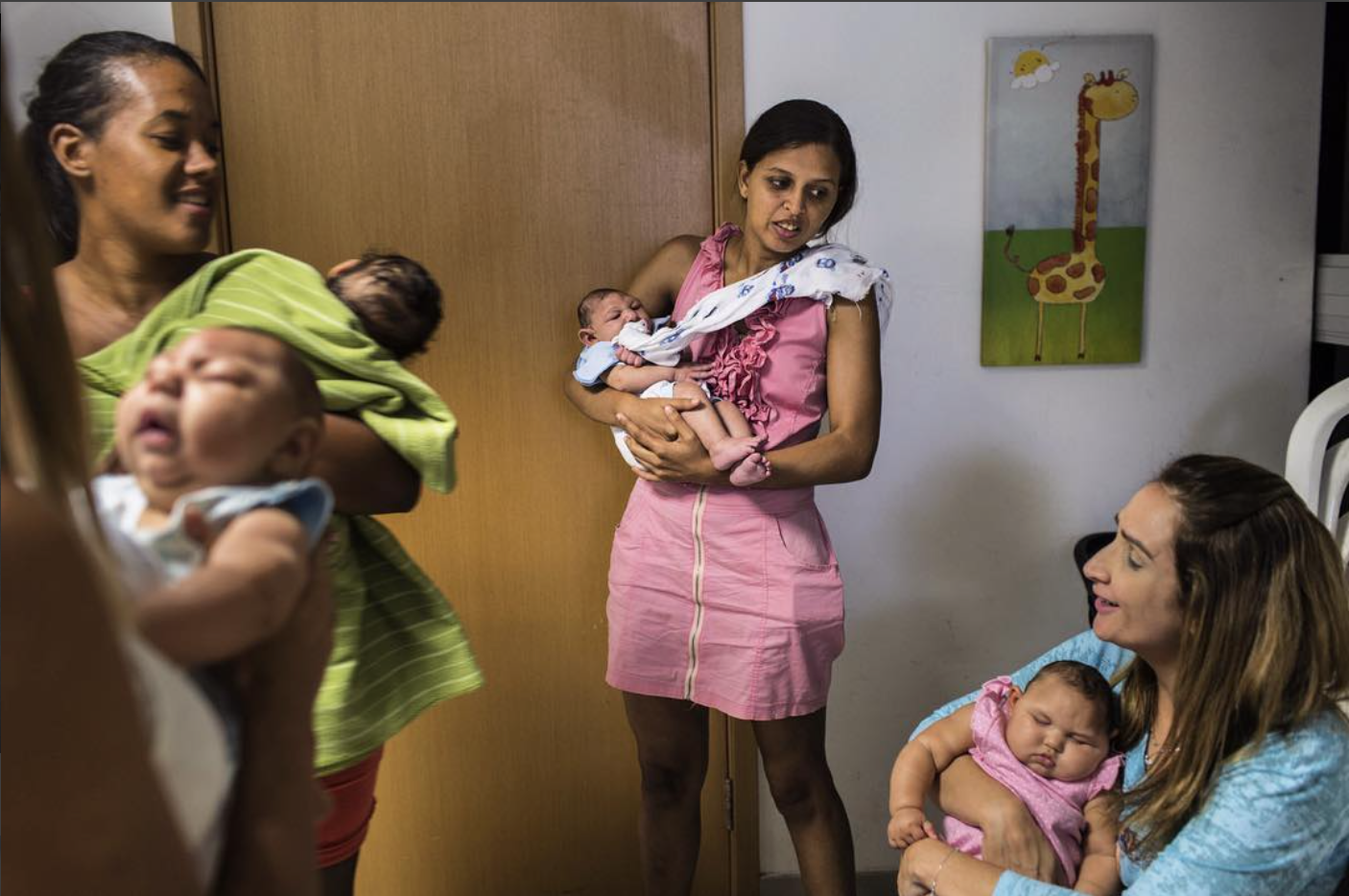Musings on Judging the @everydaylatinamerica Contest for Women Photographers
The other day, I had a very meaningful Skype call with three amazing women colleagues, Elie Gardner, Danielle Villasana and Adriana Zehbrauskas. We were scattered across the world in Turkey, Nigeria and Mexico, and our goal was to come together to choose new female permanent members to the Everyday Latin America (EDLA) Instagram feed. There is a lot of talk today about equal representation in journalism. I was excited when colleagues decided to initiate a contest to find more women photographers, and I was honored to be one of the judges involved.
For two hours, we deliberated our conclusions about the nearly 10,000 Instagram photos posted from March 8 - 31, with the hashtag #mujeresedla. Fascinating conversations ensued, leading us to reflect on many important questions that our industry is grappling with today.
For instance, in a world in which previously held definitions of photojournalism and art photography are now becoming blurred, should we try to draw a line between photojournalism and art, and if so, where? Apart from judging photos merely from an aesthetic perspective, we asked ourselves, what type of photography will satisfy the primary goal of the Everyday Projects? Do we want to show just what Latin America looks like, or do we want to go deeper to show how it feels to live here, and what the issues are that people face on a daily basis?
When I started out photographing two decades ago in a newspaper environment, photojournalism seemed to be defined as narrative storytelling with images. A few years later, I was shocked when I met my first European photo editor, who bluntly said, “In America, photojournalism is literal. Here, we like a little bit of mystique!” I will never forget walking out of his office that day. On the one hand, I was quite irritated that he had stereotyped “American” photography, but I also respected him and knew he was on to something.
As the years passed, I came to believe that a strong set of photographs, like a lyrically written story, should convey not just information but also emotion and interesting juxtapositions. More aesthetic considerations like shapes, colors and light serve as visual adjectives that capture the nuances of situations and offer new ways to interpret complicated issues. I also kept the “mystique” idea in mind, since I appreciated the validity of both approaches.
Fifteen years later, we are still trying to balance mystique and storytelling. There is also a strong debate brewing over how we can improve photojournalism and make more impact by telling common stories about the human condition in unique and more compelling ways. As a result, a new aesthetic has been developing. Some of the new looks seem authentic, while others do not. It will be interesting to see which elements of this new aesthetic will prevail in the years to come. I believe it is healthy to always question our process as storytellers, as long as we remain true to the reality of the situations we cover.
During judging, we talked about all of these issues and more, and about the need to achieve a balance in our contributor list, not only in terms of gender and geographic location but also in photographic style and content. It was truly fascinating to see such an array of styles, visions and interpretations from so many women across Latin America! The diversity was so wide ranging that we eventually wanted to revisit the original EDLA language of intention to keep us on track. Hearing the definition again provided confirmation for me.
The goal of our community is to give a fresh and authentic perspective of Latin America through photojournalistic documentation of our everyday lives.
Photojournalistic documentation is paramount to any effort to depict societies in an accurate and balanced way. Images that intrigue me move beyond the obvious and often convey a connection between the photographer and subject that helps me to better understand a subject’s personality or the topic being explored. In addition to daily life scenes, I believe that issue driven photographs are also critical, since they outline the political, social and environmental context in which people must go about their daily lives.
I am thrilled that photography from our new members includes a variety of portrait, daily life and issue driven visual reporting. CONGRATULATIONS to WINNERS Luisa Dörr, Michelle Gachet and Lianne Milton, and to finalists Nara Kassinoff, Gabriela H. Lara and Eva Lépiz. Many thanks to all of the women who took time to share their work in our contest and to everyone at @Everydaylatinamerica for creating this inspiring community!
 © Lianne Milton
© Lianne Milton
 © Luisa Dörr
© Luisa Dörr
 © Michelle Gachet
© Michelle Gachet
